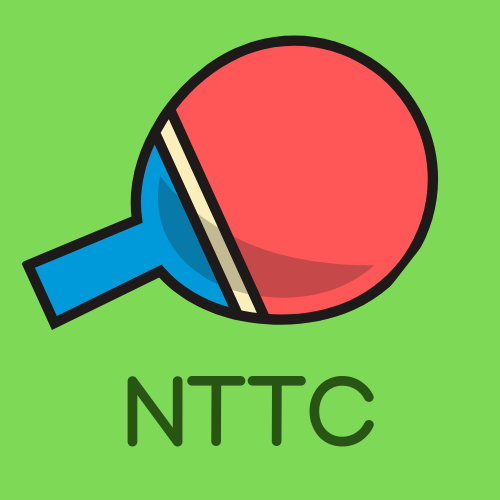Serve Techniques
SERVE TECHNIQUES
In table tennis serves are the most important part during a match. This is when a player has total control and command over the game. Meaning, that a player has an advantage to use their tricky, deceiving, or best serves.
Most players don’t put a lot of effort into learning and improving new serves. I’ve seen intermediate level players doing very basic sidespin and underspin serves during a game. Additionally, I’ve seen them consistently placing serves at the same spots– backhand or forehand corners of the table.
Serves are the only stroke you have, where you can practice individually or at your own time. And this is the only time during a game where you have time to think for a few seconds. Unlike in rallying we have no time to think and let our subconscious play the game. In this blog, I will discuss the three techniques of a serve; spin, speed and placement. These three techniques are very essential for any kind of serve you perform.
Spin
In order to learn a serve you must know how to spin the ball. There are three very common types of spin serves. Topspin, sidespin/pendulum and an underspin/backspin. It’s also worth mentioning no-spin serve. As the name suggests, while executing this serve you don’t have to brush the ball to spin it. Sometimes no-spin serves are used to deceive your opponent in a game. Most players just focus on those three types of spin serves. As a matter of fact if you combine those three spins then you can create 27 different types of spin variations. You don’t need to learn all the spins, just focus on the basic two or three types of spin and use the speed and placement techniques to learn a variety of serves.
Let me briefly describe the three basic spins.
For topspin serves, brush your ball in an upward motion.
For sidespin serves, just as the name says, you have to brush the ball sideways, move your racket from right to left and brush the ball.
For underspin serves, brush under the ball in a forward motion
Speed
This technique is very useful while doing a long or short serve. Do not serve the ball at a certain speed all the time while playing a game. You need to learn how to control the speed of a serve. Practice all the basic three spin and no-spin serves with slow, medium and fast motion to embarrass your opponent
Placement
Placing the ball at the same spot is not a good serve. Your opponent will return your serve without thinking. One very common serve used by beginners and intermediate players is half-long serve. (Which bounces once at the middle of the table of your opponent’s side and goes over the end of the table). Serve placement is one of the most crucial parts of a game. Learn how to serve in the middle, attack the elbow of your opponent, play wide angles, serve down the line, double bounce serves, short serves and fake serves to deceive your opponent.
I have filmed three basic types of serves. If you have not watched yet, then click the links below to watch.
Forehand and Backhand Sidespin Serve.
Forehand and Backhand Underspin Serve.
Forehand and Backhand No-Spin Serve.
